What are Jewel Bearings in a watch and why are they crucial?
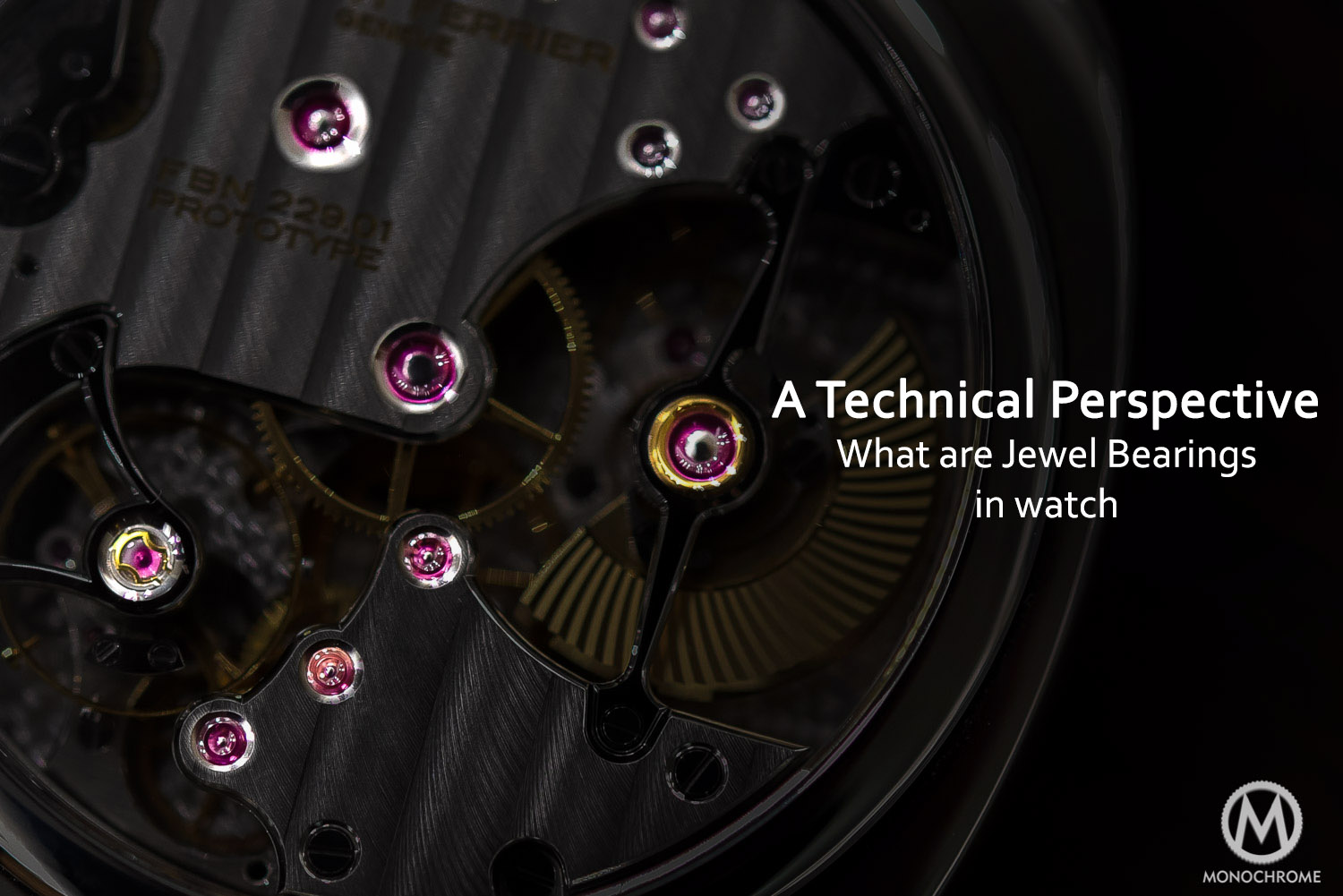
“I’ve heard that there are some rubies on your watch? Must very precious, right? Wait, where are they? I can’t see them.” And when looking at a movement for the first time, people often ask what are the little red dots on their watch’s movement or why watches all mention the number of jewels? If you’re a watch collector, this conversation should be familiar. After looking at the evolution of the critical part that is the escapement, A Technical Perspective will today focus on an often underestimated part of a watch, even if its role is vital to a flawless run: jewel bearings.
A mechanical movement is composed of moving parts, such as gears, wheels and pinions. These parts are rotating on pivots (a vertical axis crossing the wheel). However, some has to consider that, for example, the fourth wheel of a watch makes a full circle on its axis once per minutes, meaning that it does 1440 full rotations a day or 525 600 full rotations a year. And this is not even the fastest wheel of a watch… Thus, you have to imagine the forces applied on the axis of such a wheel, even if it’s small and light. This is why it is harmful to insert the axis of such a wheel directly in the main-plate of the movement – considering the metal vs. metal frictions. Even with modern lubricants, it will slow the movement of the wheels down – ruining the accuracy of the watch – and at a certain time, wheels will simply block. Jewel bearings are the solution.
Jewels (rubies) are used as bearings to reduce friction at critical points, to improve the accuracy and durability of watches. One of the hardest materials after diamond, ruby (a corundum) do not wear – almost. As a consequence, jewels can be made very smooth which allow low friction with metal pivots. Last, they have a very good temperature stability and are acid-resistant.
Cross section of jewels bearings in mechanical watches
A bit of history
Before the invention of jewels, metal pivots and bearings rubbing against each other was a major concern for watchmakers, leading to severe damages in movements, specifically with oil aging over time.
At the beginning of the 18th century, Swiss mathematician and astronomer Nicolas Fatio de Duillier invented a technique to drill hard stones with precision, in order to use them as bearings in mechanical watches. Originally, the jewels were made with garnets (which were much cheaper and available than rubies), sapphire, rubies or even diamonds (which have been used by Abraham Louis Breguet). Yet, the amount of work needed to drill such stones limited their use to high quality watches only. To the point that, over the years, clients associated jewels (and the number of jewels) with high grade watches, all the more that the movement of complicated watches tend to require more of them. In short, the idea was that “the higher the jewel count of your watch, the higher its value”. The jewel count was even connected to import duties, namely in the USA. To import watch movements to the USA, these had to clearly indicate the number of functional jewels. And eventually depending on the periods and tariffs, these had to be spelled out – for example “Seventeen 17 Jewels”.
1922 Fordney McCumber Tariff: PAR. 367. Watch movements, whether imported in cases or other-wise, assembled or knocked down, if having less than seven jewels, 75 cents each; having seven and not more than eleven jewels, $1.25 each; having more than eleven and not more than fifteen jewels, $2 each; having more than fifteen and not more than seventeen jewels, unadjusted, $2.75 each; having seventeen jewels and adjusted to temperature, $3.50 each; having seventeen jewels and adjusted to three positions, $4.75 each; having seventeen jewels and adjusted to five positions, $6.50 each; having more than seventeen jewels, adjusted or unadjusted, $10.75 each;
Jewel, synthetic ruby ©Pierhor
In the late 18th century, French chemist Auguste Victor Louis de Verneuil invented the flame fusion process, allowing to produce artificial corundum (sapphire or rubies). This inventions allows to manufacture large quantities of artificial stones, more homogeneous than natural ones, making jewel bearings much cheaper.
Anti-shock systems
Anti-shock system by KIF Parechoc
The pivots and jewel bearings of the balance wheel are especially fragile and were often damaged under impact. They were a major cause of repair. With anti-shock systems, the jewels are mounted on springs allowing them to shift in their setting, in order to absorb radial or axial shocks. The widely used Incabloc, Kif or Etachoc are the more common shock protection systems for Swiss movement manufacturers.
Thanks to Francois Durafourg from Pierhor for his help. Updated in December 2023.

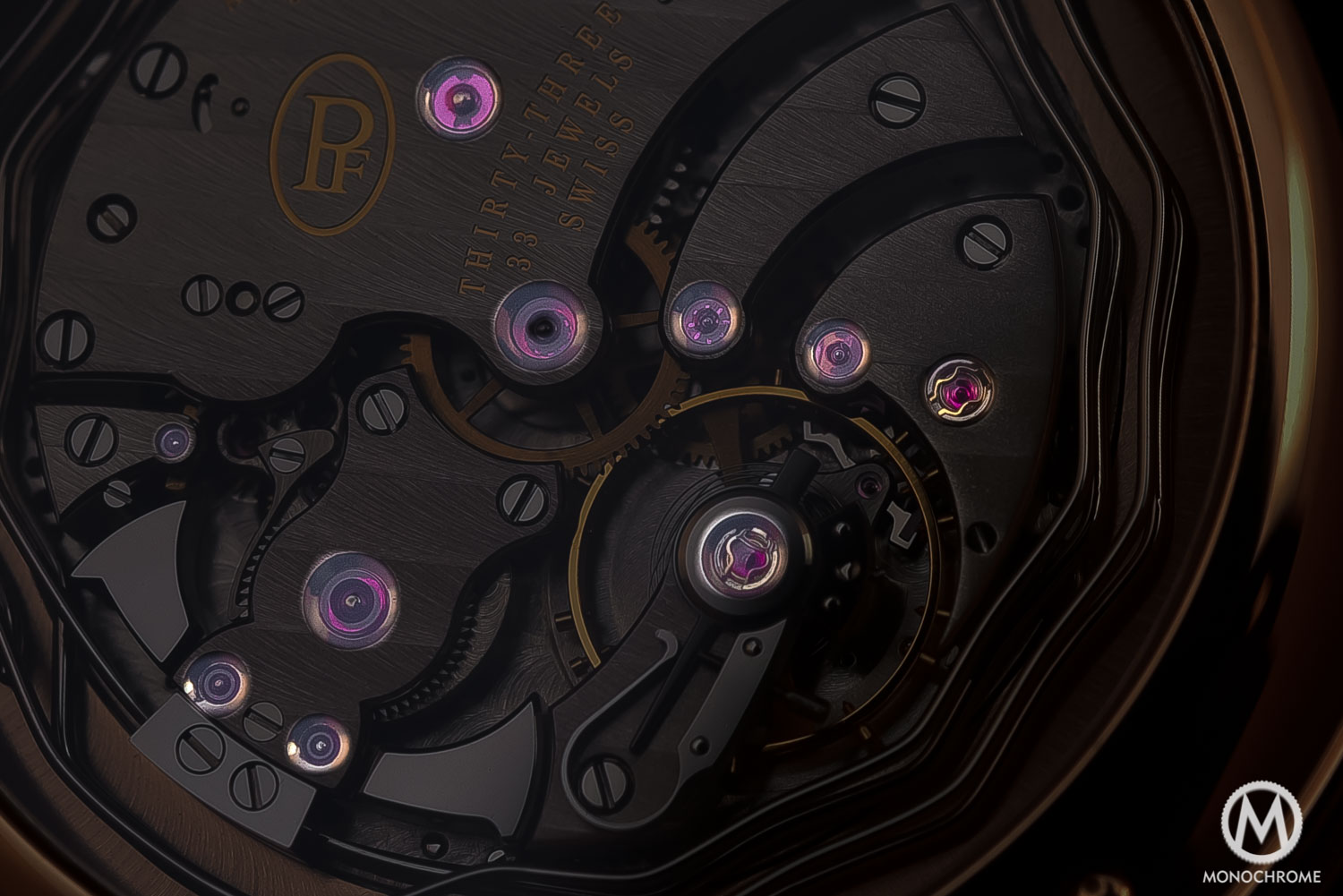
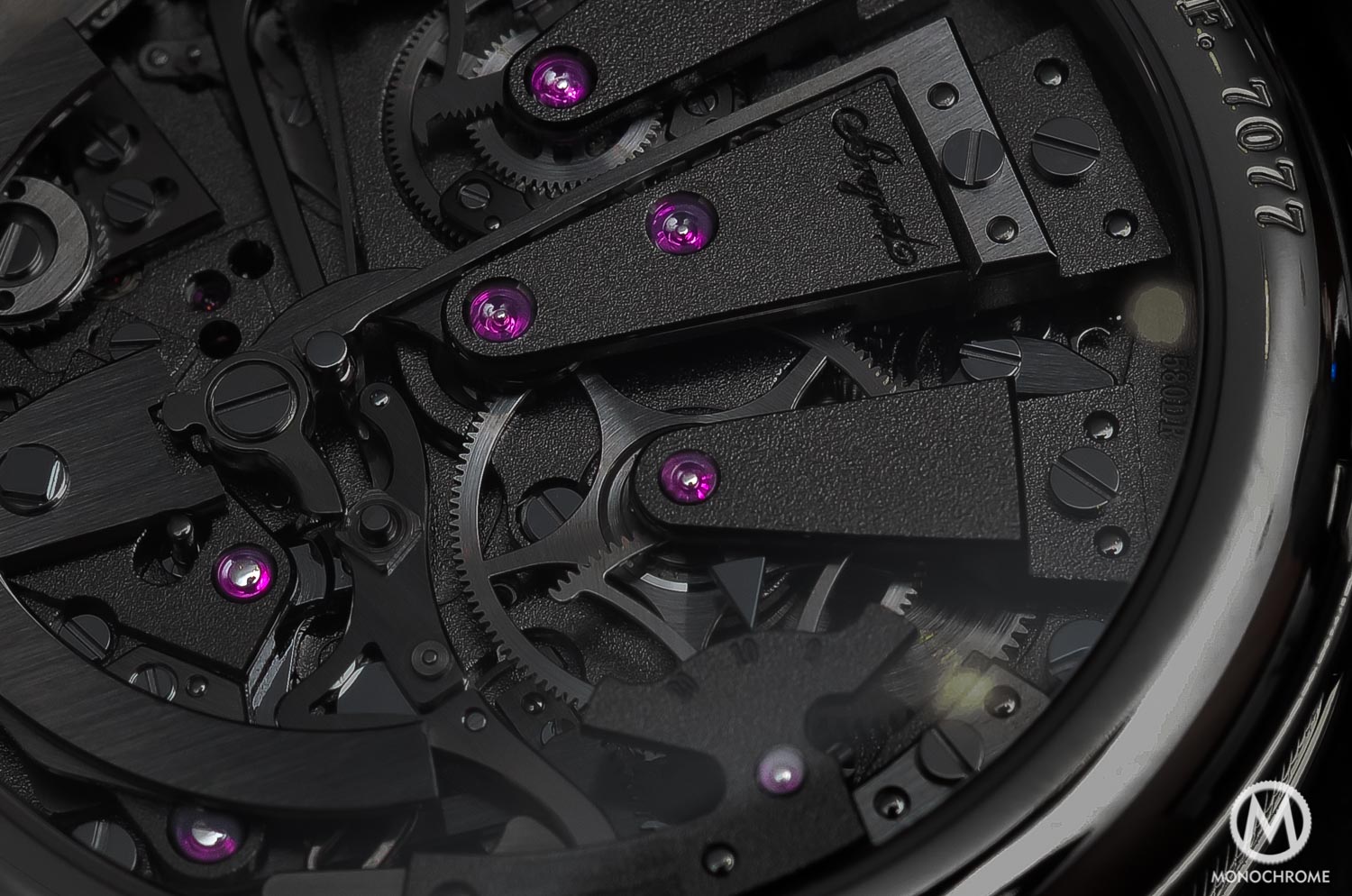
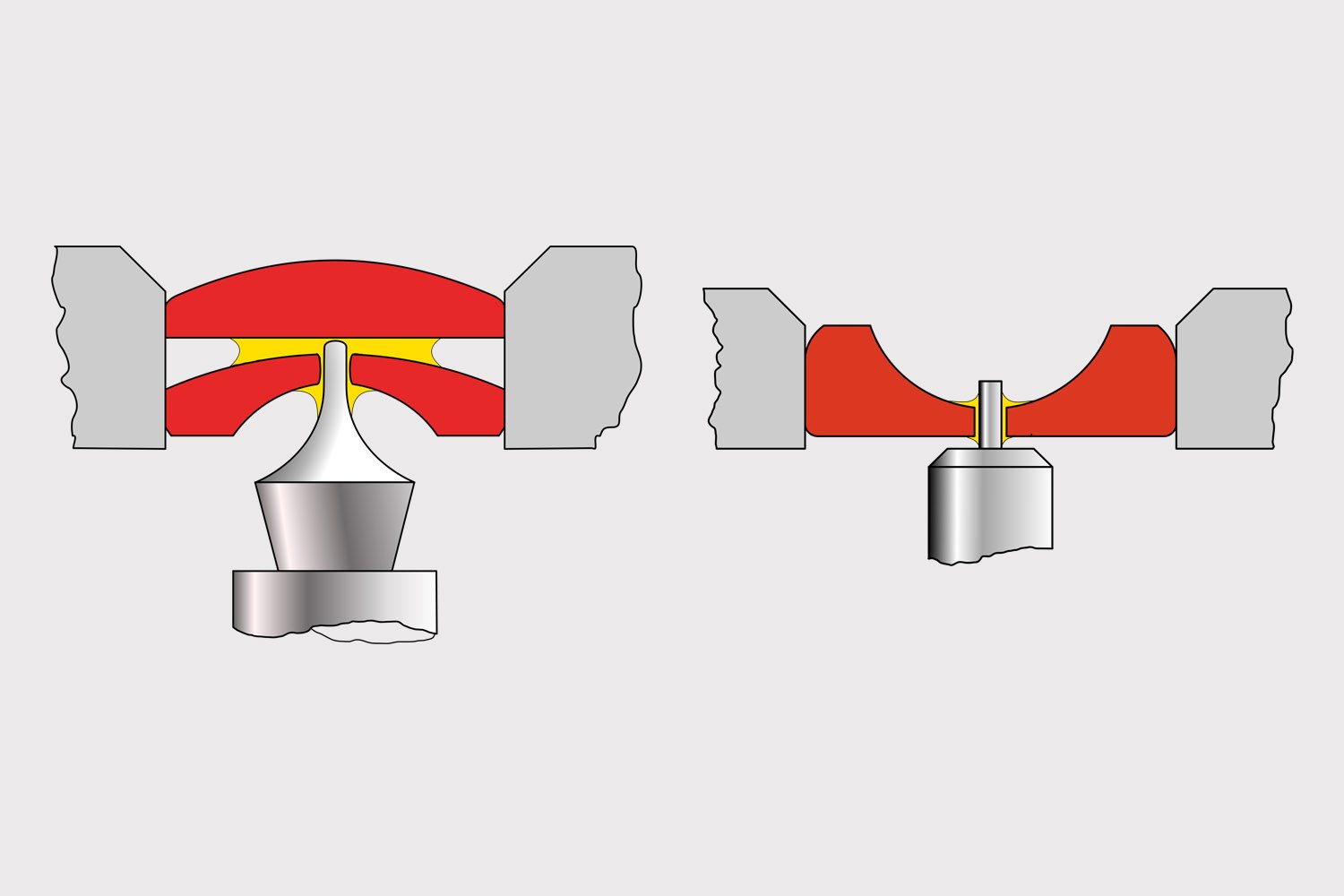
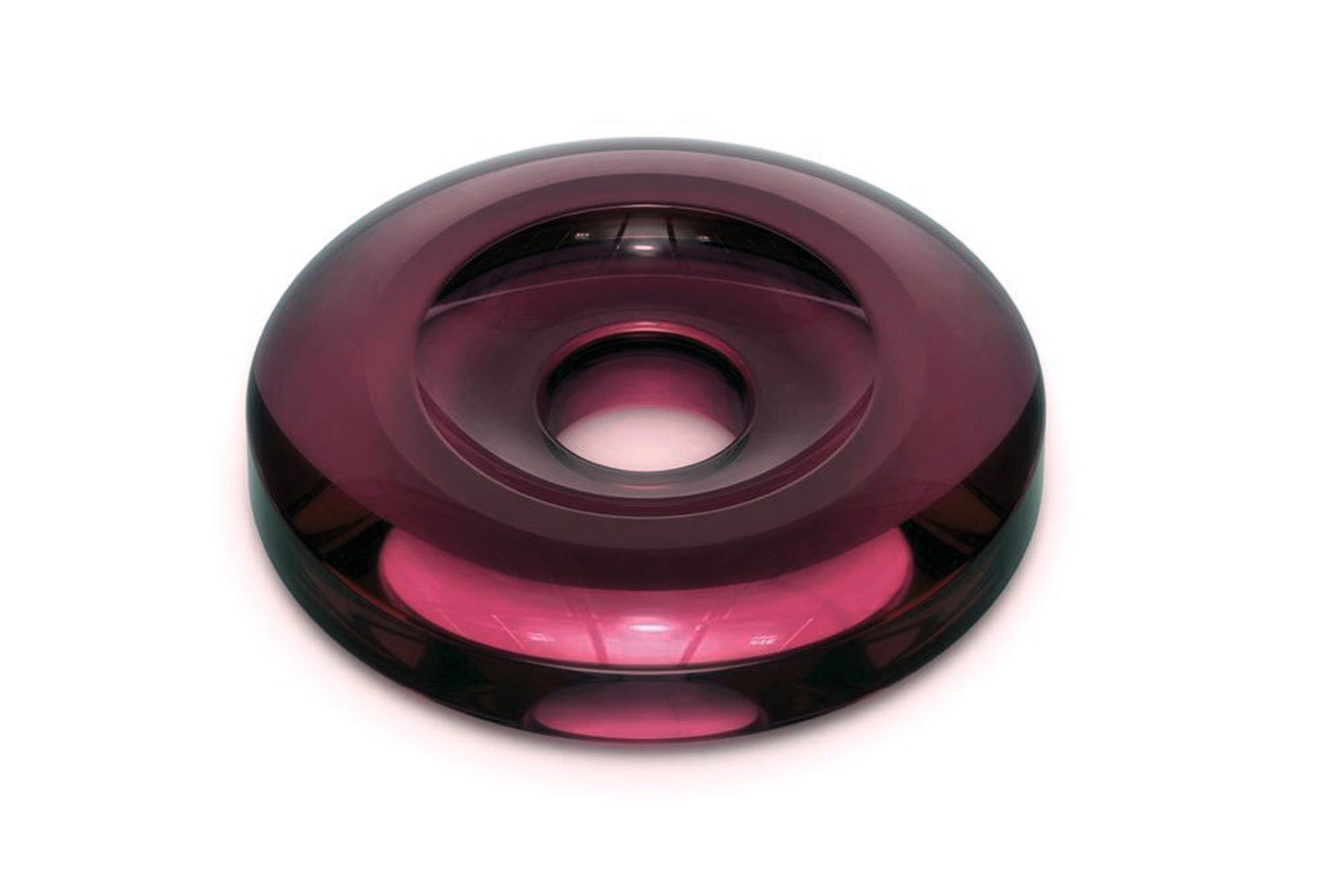
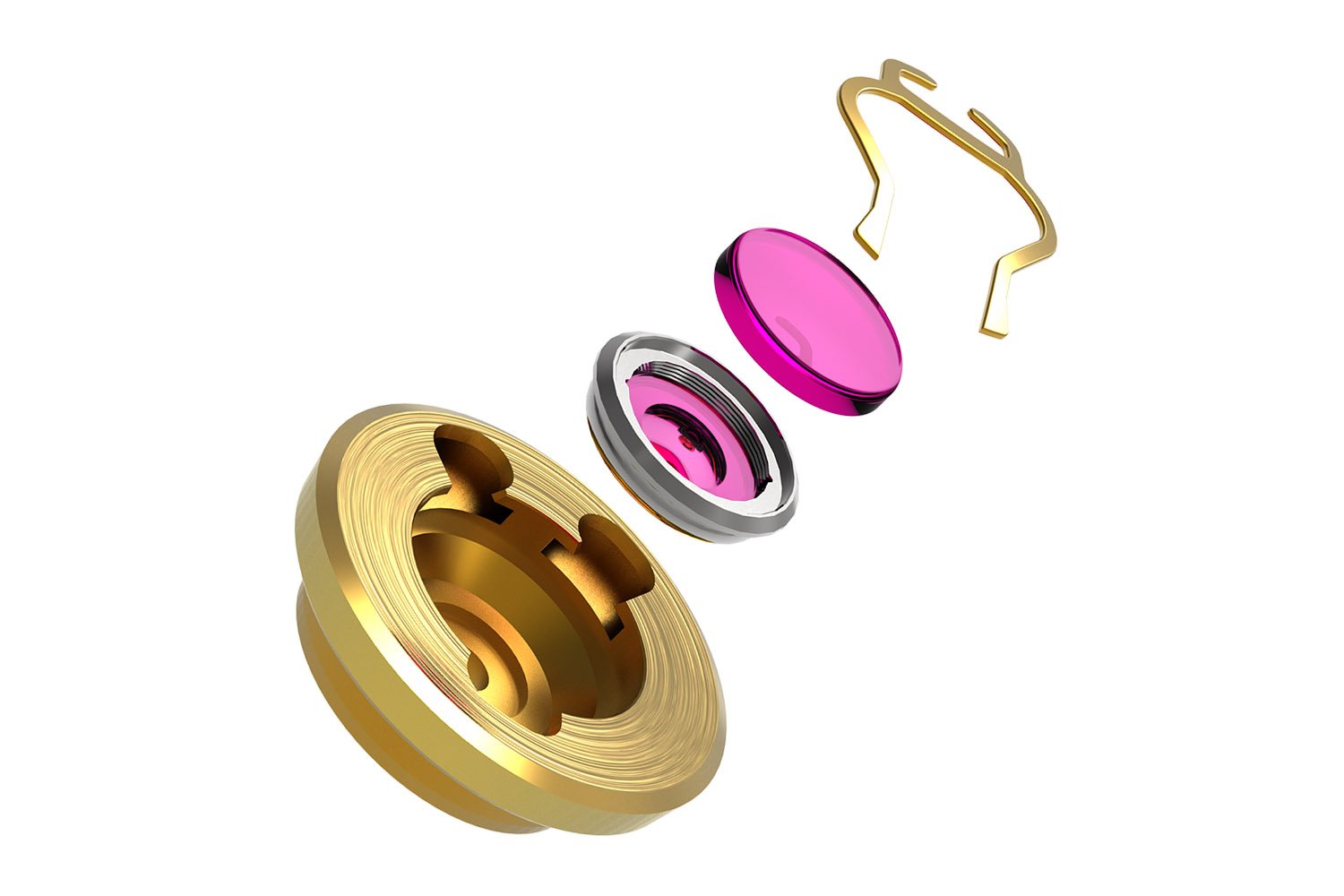

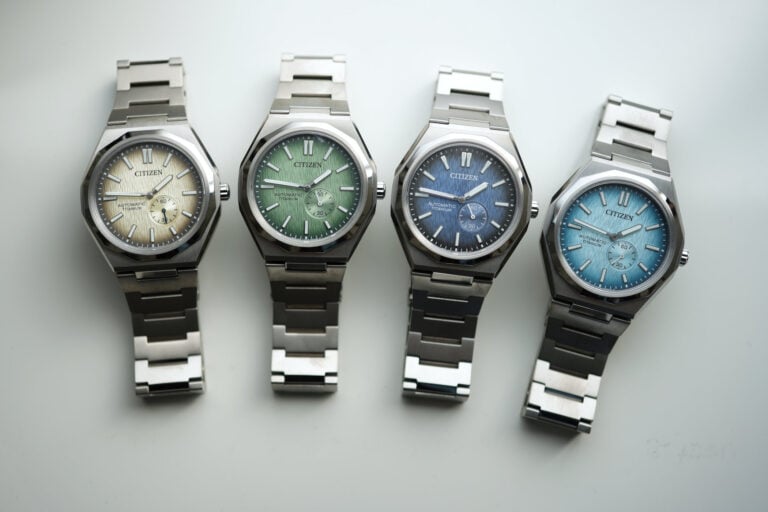
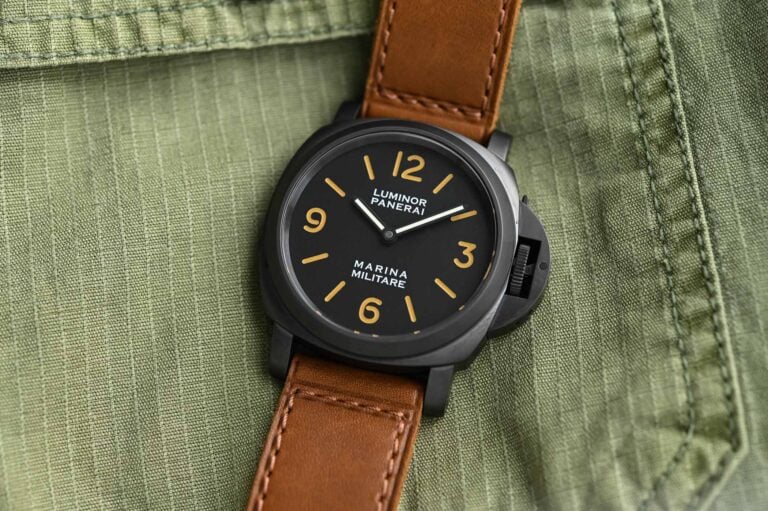
13 responses
Love these articles. Thank you.
Nice article. Just a slight correction if I may. It is not “impossible” to build a watch with wheel pivots running directly in the main plate. Seven and nine jeweled watches accomplish this well. Main plates are brass mostly, which works well with the hardened steel pivots. Although not as long lasting nor as frictionless as jeweled bearings, it will work. Some less expensive watches also use brass bushings as bearings.
Another good technical article,albeit at a basic level; perhaps a more detailed article on the Incabloc, Kif and Etachoc anti-shock systems with some of the more obscure systems included.
Nice article, thank you. Just one comment on the “procédé Verneuil” which was, according to what I can read, developped in the esrly 1900s and not the end of the 18th century. Is that correct?
Thank you for doing these articles. Part of the allure of watches in this digital age is that we have these fantastic mechanical machines on our wrists. There seems to be so little information on the Internet written in an approachable way about how they actually work, and I love learning more about their internal workings. Thank you
Good article keep em coming, thanks,Shrl.
Thank you all for your comments.
Charles, absolutely, yet jewels help a great deal to improve the watch running performance.
Jérôme, Verneuil announced his work in 1902 but he conducted research and developed the process over the end of the 19th century.
Dear Sirs;
Where would I purchase jewels for a pocket watch. Please, help out with few suggestions as not to favor any one.
Kind regards
Gestur
A very informative article. Thanks for doing this. 🙂
I’m gonna share, for sure!
So, one of the reasons synthetic rubies are so common is because they’re as hard as diamonds. I dont know about you, but this is pretty neat to me!
Pierre Victor Louis de Verneuil is well-known forgot a vaccine against rabies. The article should refer to August Victor Louis de Verneuil.
@ad – indeed, and corrected. Thank you
Thank you very much for this article! Today, I received my Tissot “Gentelman” Swiss-made automatic watch, which carries the inscription on the viewable counterweight “25 jewels.” I always wondered what exactly that phrase meant.